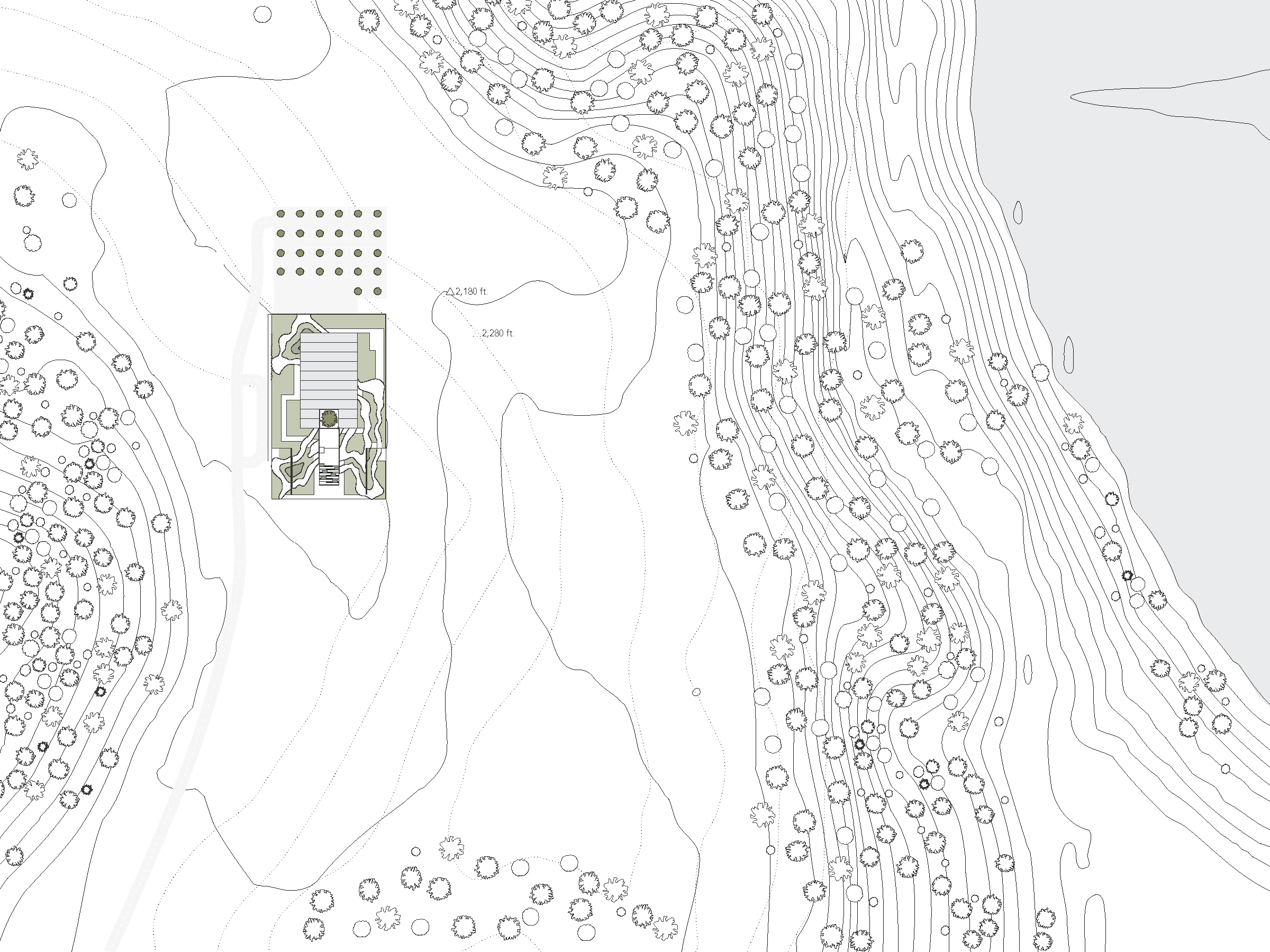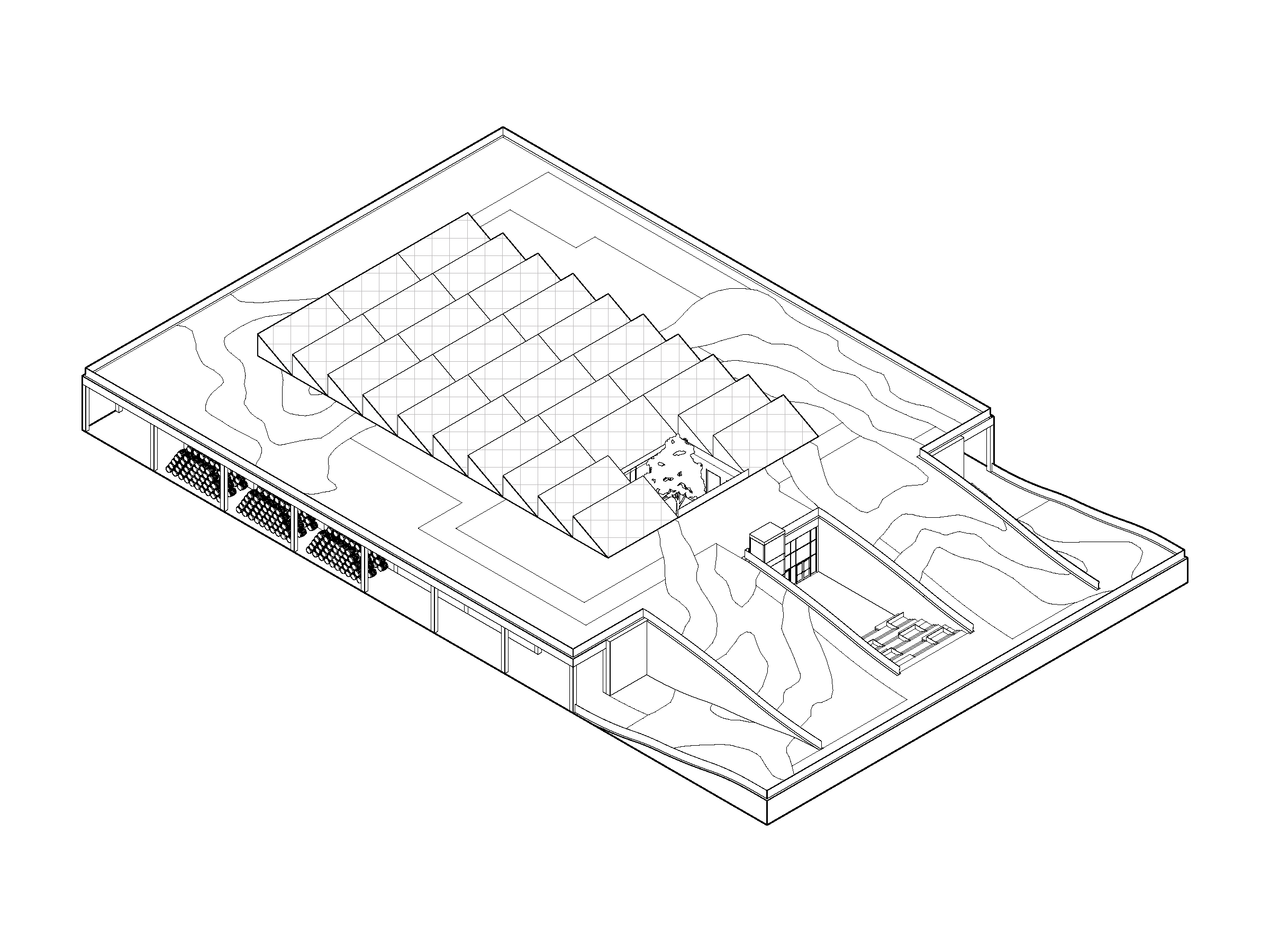The Somewhere Project.
Lead by Karolina Czeczek and Adam Frampton of Only If, The Somewhere Project sought to explore every opportunity, and every challenge, of rural Eastern Kentucky’s landscape forever changed by the coal mining industry.


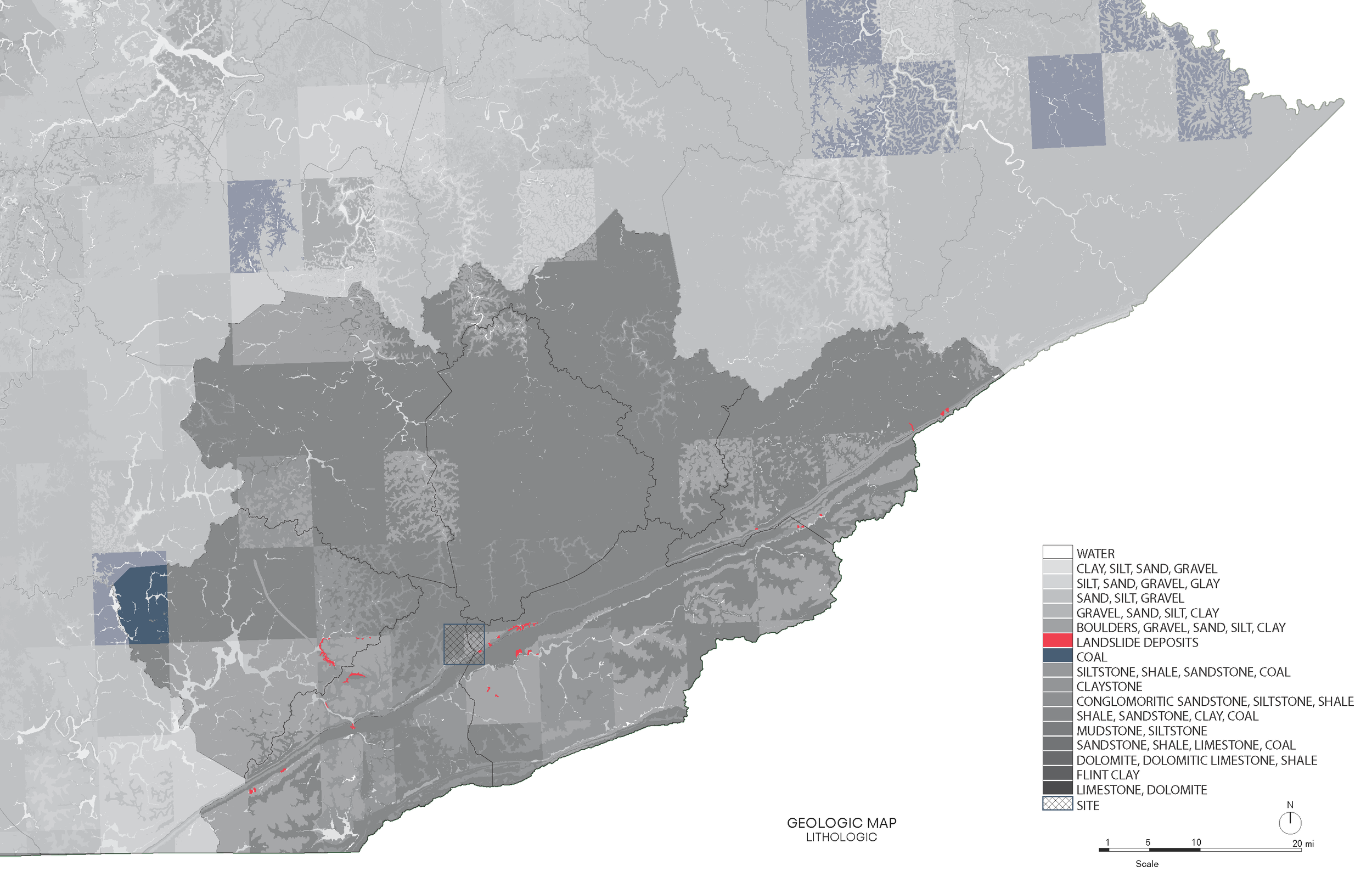

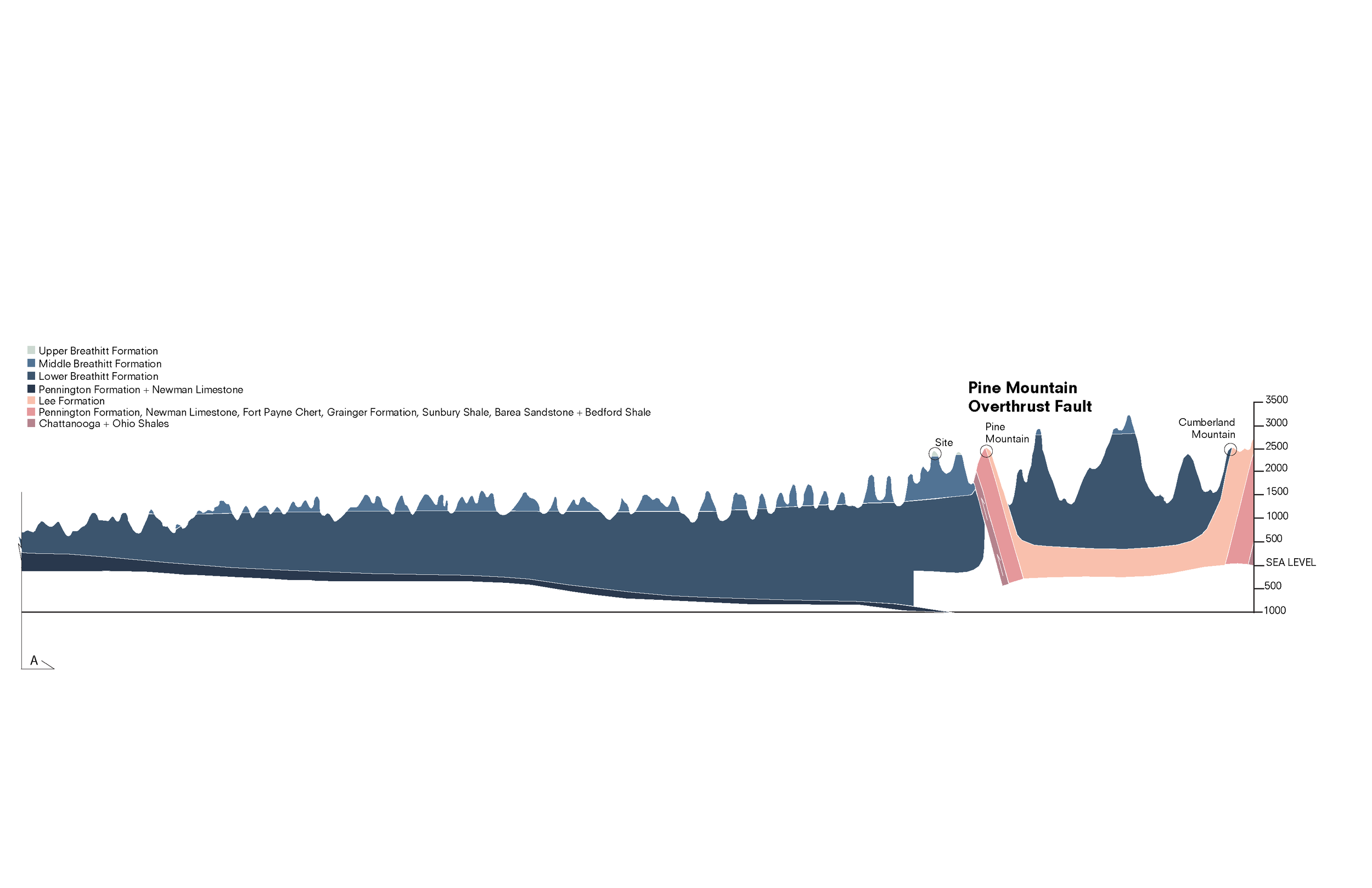
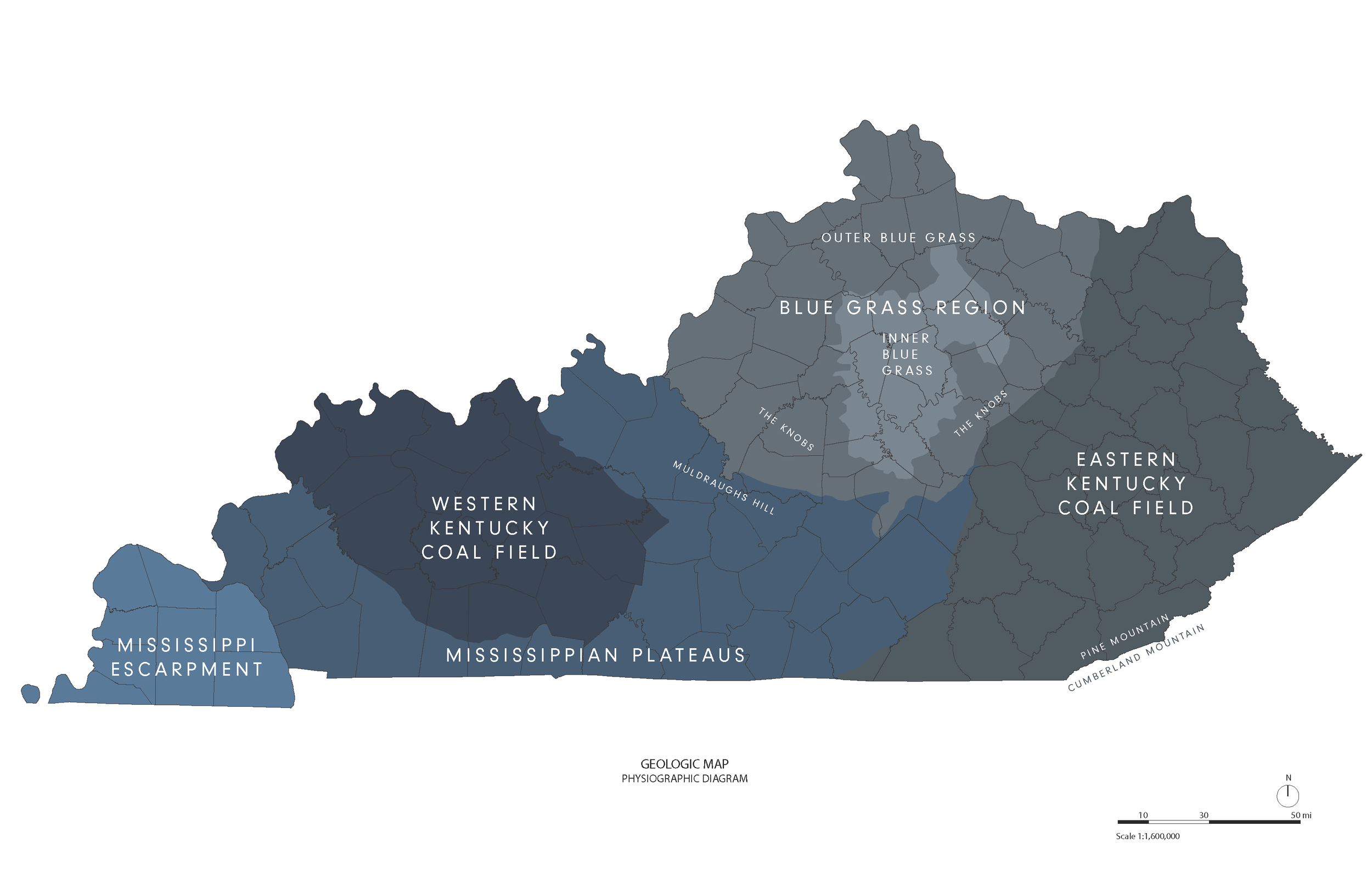
When so much carelessness has taken place, there is no time for the quick fix.
Before proposing any type of structure to stake claim on this massive coal mined site, an extensive amount of research went into the best methods for reforestation. This image represents my own proposal for each facing slope or flat site’s diversity of all native trees that would, or should, exist on this site.
Native tree prescription for flat site, with a concentration on wildlife trees to support local wildlife populations.
Native tree prescription for dry sloped site, with a concentration on white oak trees to support the Cooperage proposal.
The result of every tree prescription over the demolished site is beneficial to both the community and the land, where natural biodiversity is altered slightly to also serve and educate the public.
This is the resulting site strategy, which leads to the final part of the project: architectural design. The site and program I and my partner (Samuel Tonkovich) elected to design was that of the Cooperage and Training Center (seen in the upper left of site map.) We had designed the reforestation strategy around the program, and had pitched the program to contributors who felt it was an appropriate way to stimulate local economies, from bourbon barreling to woodworking.
With revitalization in mind, our design of this cooperage is integrated with the White Oak reforestation project undertaken by the entire site to help offset the lumber required for the production of barrels, and is designed to immerse the visitor and employee in the history of Eastern Kentucky. The building is tied to the tourist route and is accompanied by a bourbon tasting room where tours of the Cooperage could also be sponsored and tied to a bourbon distiller, creating added drive for the tourism of the area and potential monetary sponsorship and added revenue. The space is integrally tied to a Maker’s Space open to the community for the crafting of goods and artwork that is showcased and sold in the entrance gallery, where people visiting and receiving a tour of the cooperage and bourbon tasting room can purchase local goods created on site.

The site itself has been mined for coal using a process called mountain top removal, so with respect to the mountain on which the building sits, we have paid homage to the lost mountain. called attention to and designed the contour lines that one might’ve once experienced, on an interactive walk up on top of the building. The building also utilizes highly efficient strategies such as natural daylighting, solar panels for electricity offset, and a living roof to aid the site in habitat loss and water runoff issues common on mountain top removal sites.
